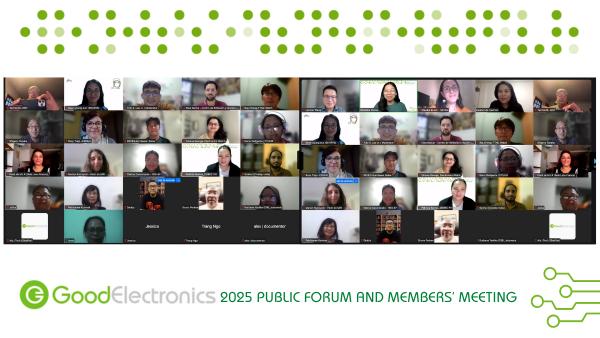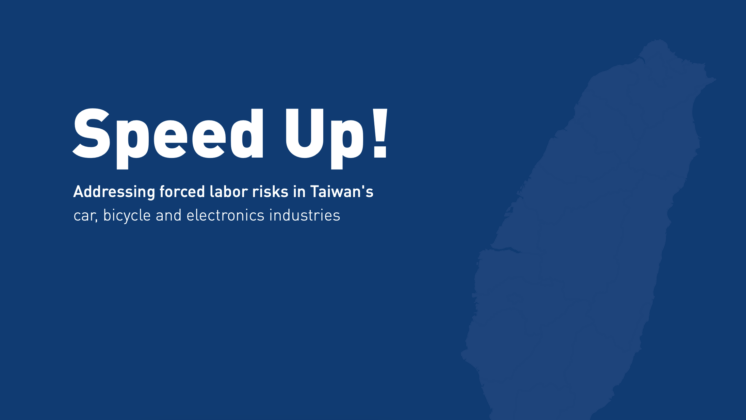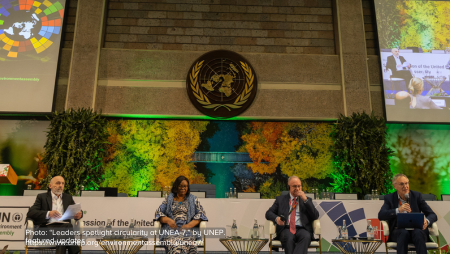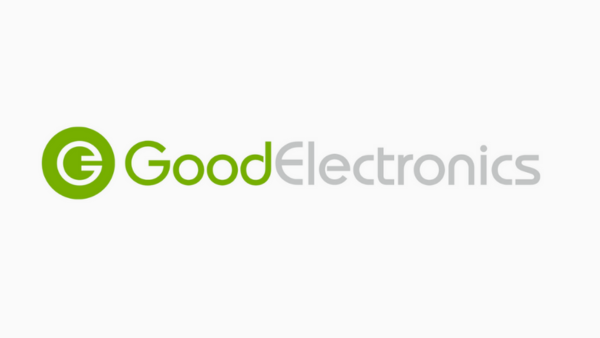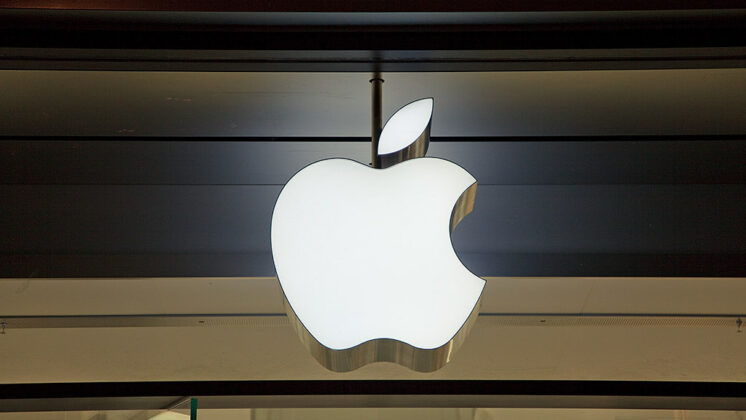This week, Rank a Brand and Milieudefensie (the Dutch chapter of Friends of the Earth International) have published their research into the efforts of 20 electronics brands in the areas of climate, environment and labor conditions. It revealed enormous differences in the brands’ performances and suggests that the electronics sector is reluctant to implement real changes. The appearance of newcomer Fairphone (#1) may however shake up the industry.
Over the last months, Rank a Brand has performed a major checkup of the electronics sector, in collaboration with Milieudefensie (the Dutch chapter of Friends of the Earth International). Whereas the problems in the garment industry hit the news daily last year, times were relatively quiet for the electronics industry. This is unwarranted as this sector is lagging behind. Is newcomer Fairphone bringing the change that is urgently needed? Read it below.
What did we find?
Rank a Brand has investigated the efforts of 20 electronics brands in the areas of climate, environment and labor conditions. Our research revealed enormous differences in the performance of the brands on the 37 points of evaluation. Newcomer Fairphone has taken the lead with a score of 22 points out of a possible 37 and received a B-label (‘Well on its way’). HTC and Huawei, who have been playing the field a lot longer, barely report on any sustainable efforts and hence are stuck in the lowest category, the E-label. Veteran brands Apple (15 points) and Nokia (14 points) seem to be taking sustainability more serious and achieve a C-label.
What’s going well?
The most noticeable fact was that all 20 brands have a policy to reduce their carbon emissions. In addition, almost all brands (19 out of 20) have a code of conduct that demands a safe and hygienic work place and prohibits discrimination, slave labor and child labor. On top of this, many brands are partnering up with one or more initiatives that aim to prevent or cease the trade in conflict minerals, such as Solutions for Hope and the Conflict-Free Tin Initiative (CFTI). Seventeen brands are working together with at least one such initiative and seven brands are already partnering with four initiatives. BlackBerry takes the lead in this area and has teamed up with five different initiatives.
What can be improved?
Whereas all brands have a policy to reduce their carbon emissions, only few show actual results in this area. Less than half (9) reduced their carbon emissions with at least 10% in the last five years. Despite urgent calls to reduce carbon emissions voiced in the latest report from the IPCC (among others), companies in the electronic industry fail to take responsibility: only five brands have set targets to reduce their own carbon emissions and only three (Nokia, HP and Lenovo) have set targets to reduce carbon emissions down the production chain (which is the major source of emissions). Meanwhile, Apple shows the sector how the energy use could become much more sustainable and reports a use of around 75% renewable energy.
Environmental impact of the electronics industry
A striking result of the research is that the creators of our mobile phones and computers show very little effort to reduce their environmental footprint by using environmentally friendly materials or by recycling. Only two brands (Fairphone and Samsung) use at least 10% recycled plastics in their products and only three brands (Fairphone, Toshiba and ASUS) recycle at least 5% of their sold products. Fairphone stands out as a leader in this area as they recycle at a rate of 300% by taking three old phones out of circulation for every new phone sold. Importantly, only two brands (Fairphone and Lenovo) are working explicitly to extend the lifetime of their products, for example, by offering spare parts and easy to follow repair manuals, which reduces their environmental impact drastically. Most brands seem to stick to the concept of planned obsolescence, meaning that mobile phones pretty much have become disposable products. Unsurprisingly, none of the brands provide a three year warranty for all products; a worrying sign.
Fair metals and minerals
The extraction of raw materials for electronics is littered with problems. Tropical islands are being destroyed and many small scale miners live beneath the poverty line, and the proceeds of mining find their way into the funding of conflicts, such as those seen in Congo. On the upside, most of the brands we researched currently have a policy to prevent the purchase of conflict minerals. Many smelters in the production chain are identified and a small part has already achieved the ‘conflict free’ status. Mines in Congo, and other areas, are also becoming increasingly conflict-free. However, even though many brands are working towards these goals, progress is slow. Only Fairphone and Apple report using conflict-free tin. Fairphone in addition uses fair tantalum.
Labor conditions in factories need to improve
It appears to be difficult for factories supplying our electronic gadgets to operate with fairer labor conditions. Only two brands out of twenty (Fairphone and HP) reported on their labor conditions policy and audited at least 95% of their suppliers. None of the brands could confirm that labor conditions are at a reasonable level. Apple’s partnership with the Fair Labor Association is a step in the right direction, but shows that there is a long road ahead. Besides Fairphone, none of the brands seem to strive for a Code of Conduct in which the right to a living wage is included. A sad level of ambition.
Conclusions
The research findings suggest that the electronics sector is extremely conservative and reluctant to implement real changes. The appearance of Fairphone may, however, shake up the rest of the industry and push the laggards to try harder. In the meantime, consumers that want fair electronics need to keep pushing in order to accelerate this process, by rewarding the front runners by purchasing their products and holding the laggards accountable for their lack of action. The latter is possible here: Poke a brand!



